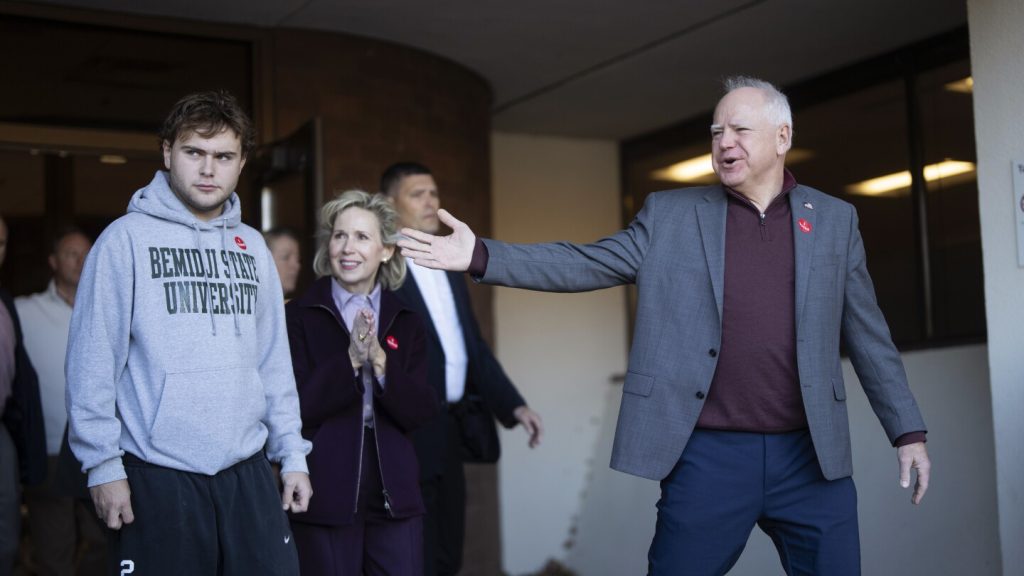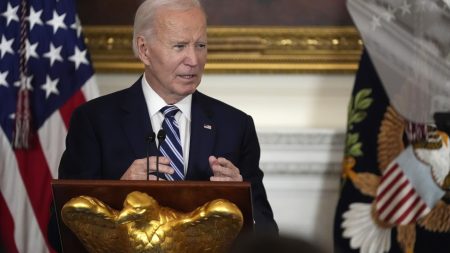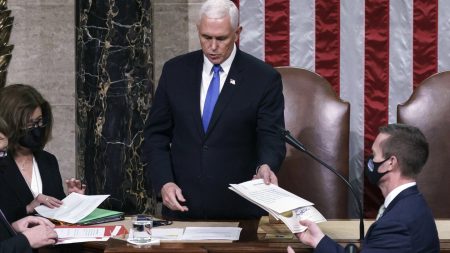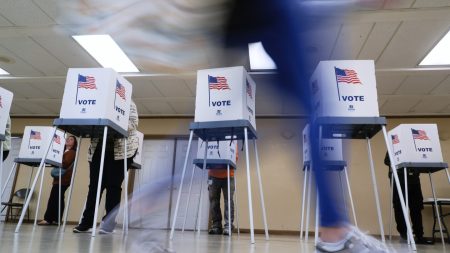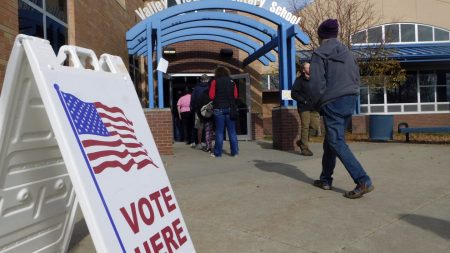Minnesota voters will have a lot on their plates on Election Day. Not only will they decide how to award the state’s 10 presidential electoral votes, but they will also determine the control of both chambers of the state Legislature. Democratic Vice President Kamala Harris has selected Gov. Tim Walz as her running mate, pushing Minnesota back into safer Democratic territory after former President Donald Trump narrowly missed winning the state in his two previous campaigns. Minnesota has a long history of supporting Democratic presidential candidates, with only two instances of backing Republican candidates in the last 92 years.
The special election in the 3rd Congressional District to replace Assistant Majority Leader Kelly Morrison has left the state Senate deadlocked at 33 seats each. Democrat Ann Johnson Stewart, a civil engineer and former state senator, is facing off against Republican Kathleen Fowke, a real estate agent, for the seat. The winner of this election will give her party control of the Senate for the next two years. In the state House, Republicans only need a few seat gains to take control, with all 134 seats up for election in November. Control of the Minnesota Legislature is a top priority for both national Republican and Democratic state legislative campaign committees in 2024.
In addition to state-level races, Minnesota will also play a role in the control of the U.S. Senate and House. Democratic incumbent Amy Klobuchar seeks a fourth term against Republican Royce White in the U.S. Senate race, while the U.S. House delegation looks to maintain its current balance of eight members evenly divided between the parties. Voters will also decide on a nonpartisan state Supreme Court race and a statewide ballot measure extending an environmental trust fund. Minnesota is not expected to determine the majority in either the U.S. Senate or House, but these races are still important for the overall control of Congress.
As Election Day approaches, voters can expect to see an array of candidates on the ballot. The presidential race will feature Vice President Harris, former President Trump, and third-party candidates. Voter registration stands at 3,660,001 as of October 1, 2024, with a turnout of 85% in the 2020 presidential election. Pre-Election Day voting has been a significant factor in recent elections, with about 27% of the total votes cast before Election Day in 2022. The vote-counting process typically starts shortly after polls close at 9 p.m. ET, with the AP making projections based on the available data. The election coverage will also focus on other key races like the U.S. House, state House, state Supreme Court, and the ballot measure.
The outcome of the 2024 Election in Minnesota will have a significant impact on the state’s political landscape. With control of the state Legislature and key congressional races on the line, voters will play a crucial role in shaping the direction of their government. The state’s history of supporting Democratic presidential candidates contrasts with recent challenges from Republican contenders, making the upcoming election one to watch. As the election approaches, candidates and voters alike are gearing up for a critical decision that will shape Minnesota’s future for the next few years. Stay tuned for updates and results as Election Day unfolds on November 5.









